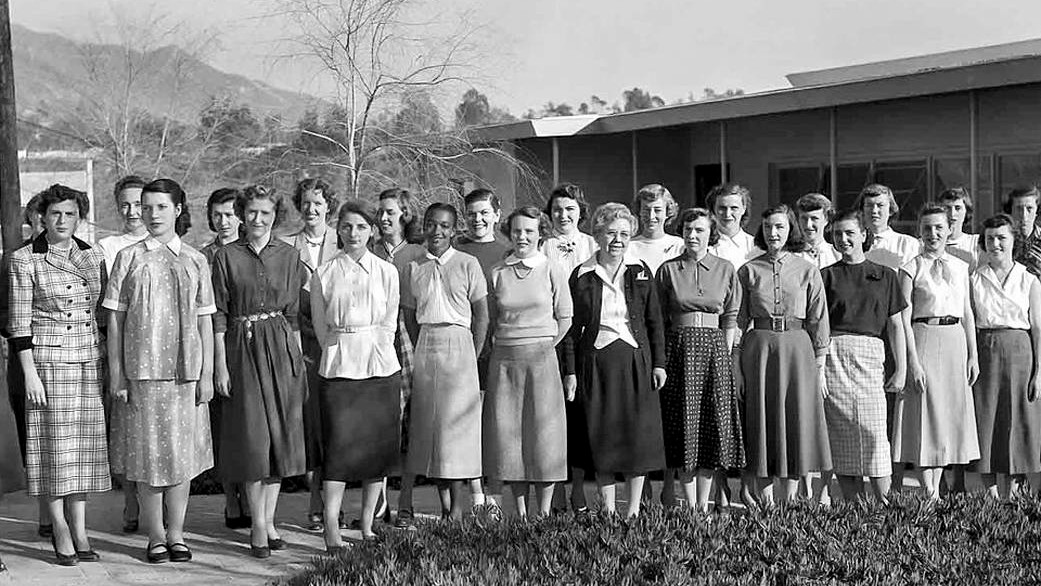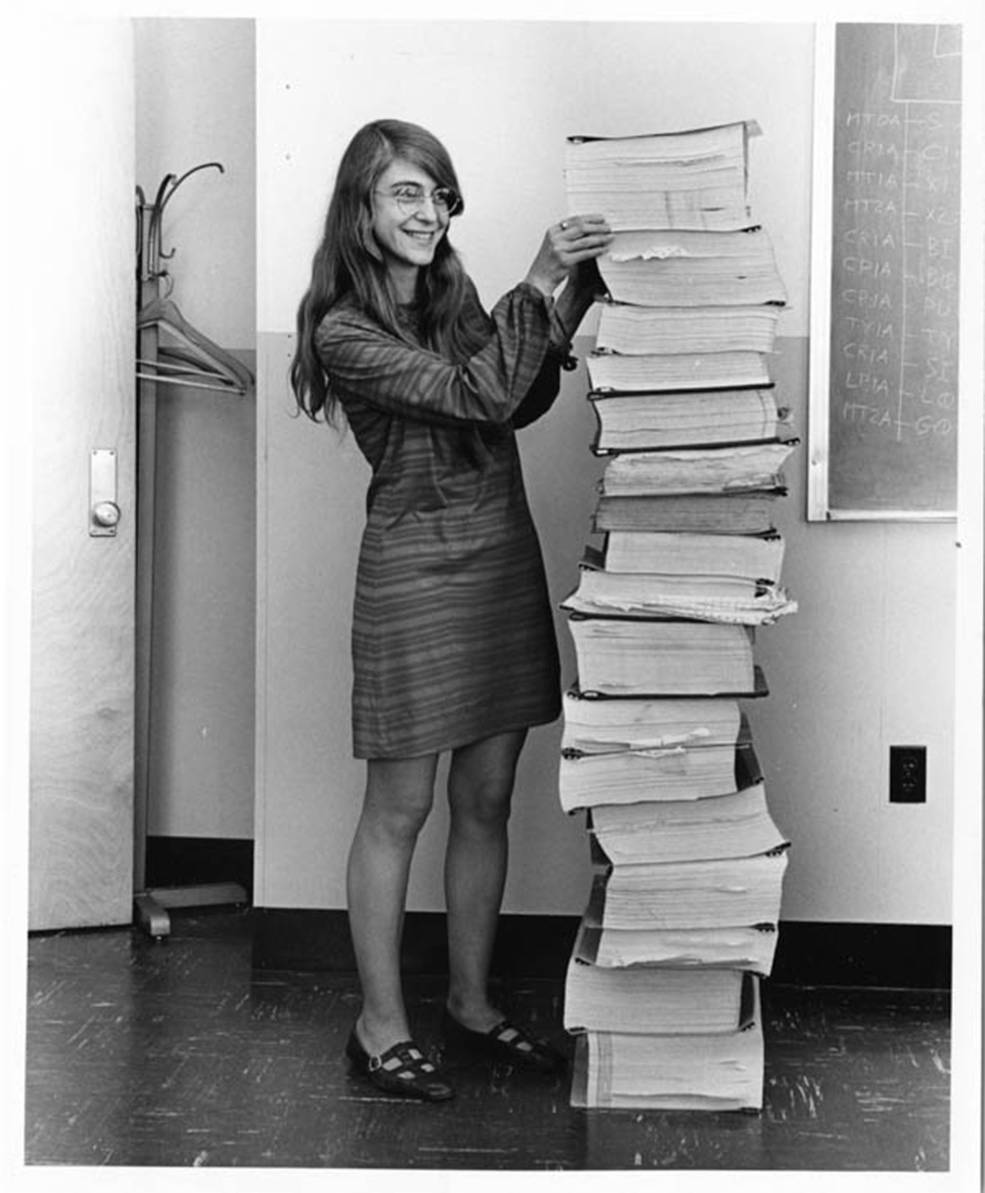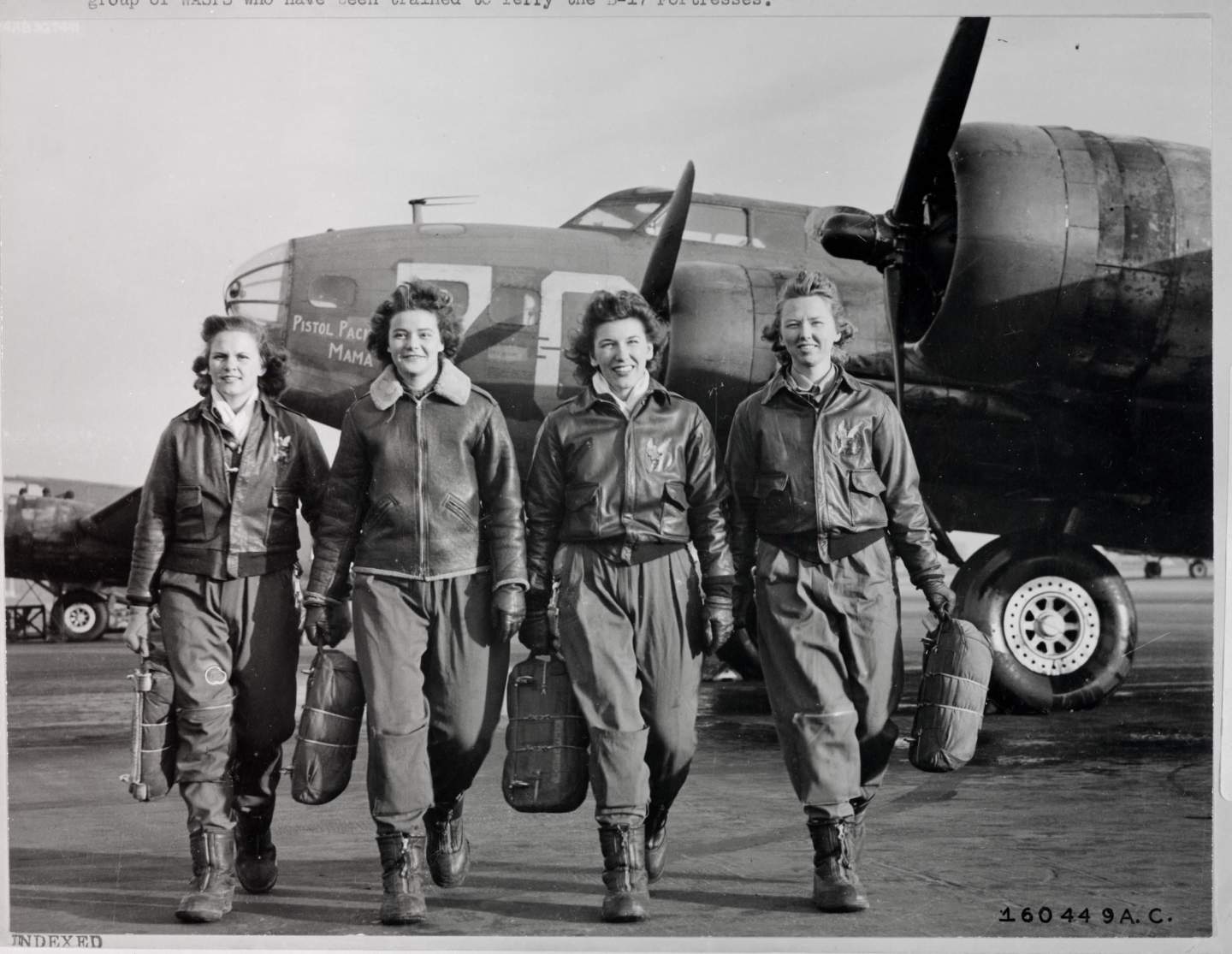Rocket Girls: Apollo and the women
Apollo: many famous men were involved in the program. But what role did women play? We explain the importance of their contribution to the success of the missions.
 The "computresses" at the JPL Campus 1953; © NASA/JPL-Caltech
The "computresses" at the JPL Campus 1953; © NASA/JPL-CaltechNeil Armstrong, Buzz Aldrin, Michael Collins… these names became famous around the world thanks to the Apollo 11 mission and the successful Moon landing. However there were around 400,000 technicians, engineers and scientists working behind the scenes as part of the Apollo program. Among them were many women whose work contributed significantly to American successes.
Faster and more accurate than the computers of the day: the NASA mathematicians
In the 1950s and 60s, when space travel was still in its infancy, computers with today's processing power had not yet been invented. Calculations therefore had to be carried out by "human computers". Most of these were women, the so-called "computresses". After World War II, thousands of women filled the gaps in this booming industry – and remained. For them, the Apollo program was one of the first ways for women to earn a living through scientific work, and they were paid better than, for example, teachers. African-American women, among others, were hired, something that was ground-breaking at the time. However, due to racial segregation, for a long time the white women knew nothing about their dark-skinned comrades.
 Margaret Hamilton next to a stack of the Apollo Guidance Computer source code. © Courtesy WITH Museum
Margaret Hamilton next to a stack of the Apollo Guidance Computer source code. © Courtesy WITH MuseumThese women remained hidden for more than 60 years
It is only in recent years that history has also focused on the female contribution to space travel. The mathematicians Katherine Johnson, Dorothy Vaughan and Mary Jackson have gained recognition, not least through the 2016 film Hidden Figures, which primarily highlighted the role of the so-called "coloured computers". Katherine Johnson, who calculated the trajectories for the Mercury program and for the Apollo 11 mission, took on a leading role and became the principal mathematician. John Glenn, the first American astronaut to orbit the Earth, wanted to be absolutely certain that the flight paths were calculated correctly by the computer and requested that Katherine Johnson checked the computer data for him.
"If she says they're good," Katherine Johnson remembers the astronaut saying, "then I'm ready to go."
In addition to these mathematicians, engineers and prospective astronauts also worked for the program. The example of Margaret Hamilton shows how much the Apollo program influenced not only space travel, but also all the associated sciences. The computer scientist and her team at MIT created the flight software for the Apollo rockets. As a result, a completely new profession emerged, that of software development, which is today a multi-billion-dollar industry.
The female pilots of the Mercury 13 Program
As part of the so-called Mercury 13 Program, thirteen female pilots were actually invited for tests to join the astronaut training program. These physical tests were tough, as astronauts naturally had to withstand extraordinary stresses. But all the women invited, who were mostly Airforce Service pilots during World War II, managed to meet the recruitment criteria or even exceeded the results of their male colleagues. Nevertheless, the Mercury 13 program was suddenly stopped. According to NASA specifications, all astronauts had to complete the so-called Military Jet Test Program, which was not accessible to women – effectively putting an end to their continued training.
 WASP (Women Airforce Service Pilots) from left: Frances Green, Margaret Kirchner, Ann Waldner and Blanche Osborn. © Smithsonian Institution
WASP (Women Airforce Service Pilots) from left: Frances Green, Margaret Kirchner, Ann Waldner and Blanche Osborn. © Smithsonian InstitutionWhether working in the background, as team leaders or as almost-astronauts: thanks to their achievements, women have been and continue to be involved in space travel. For example, "manned space flight" has become "human space flight", in which scientists can achieve amazing things together.
